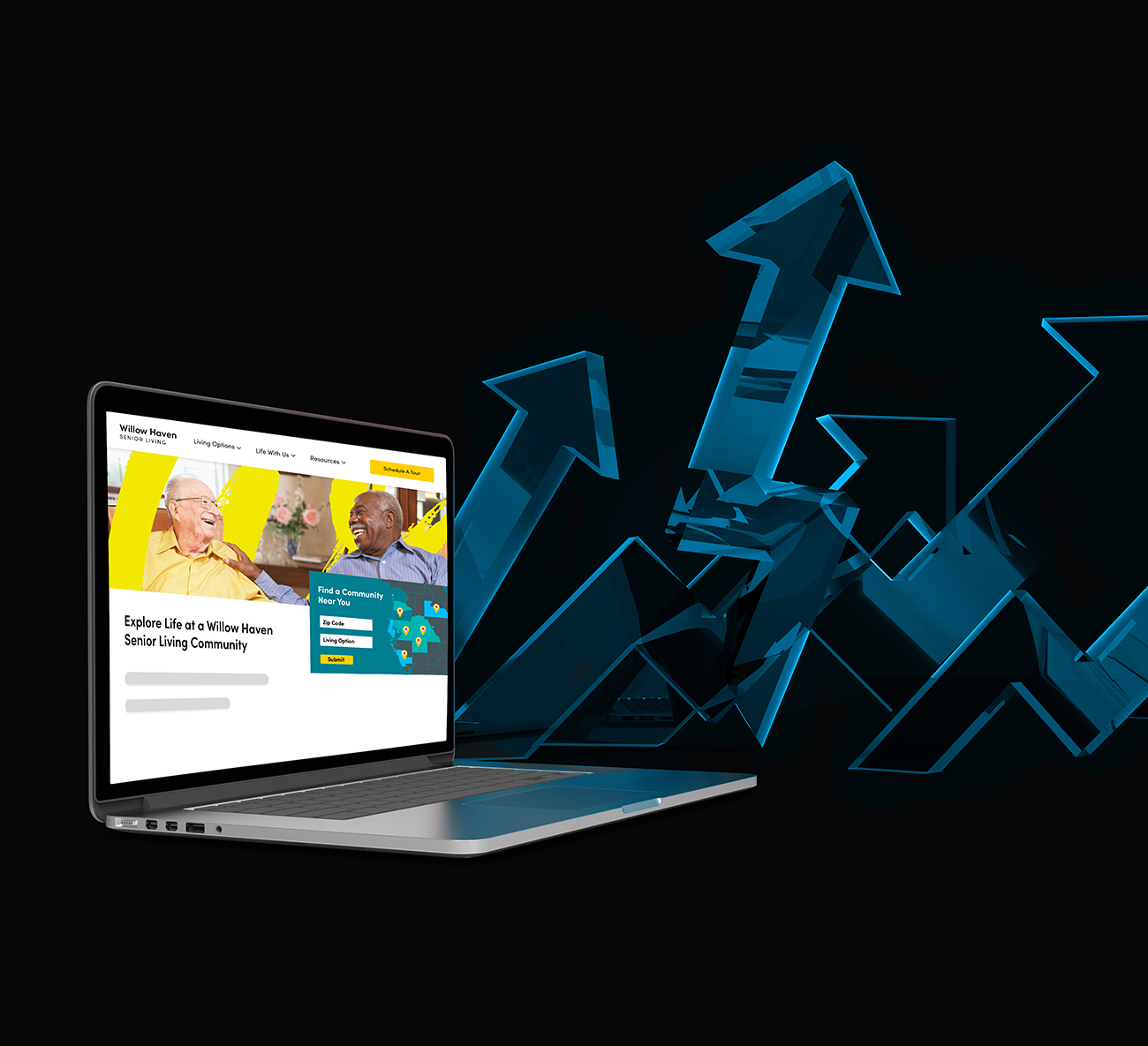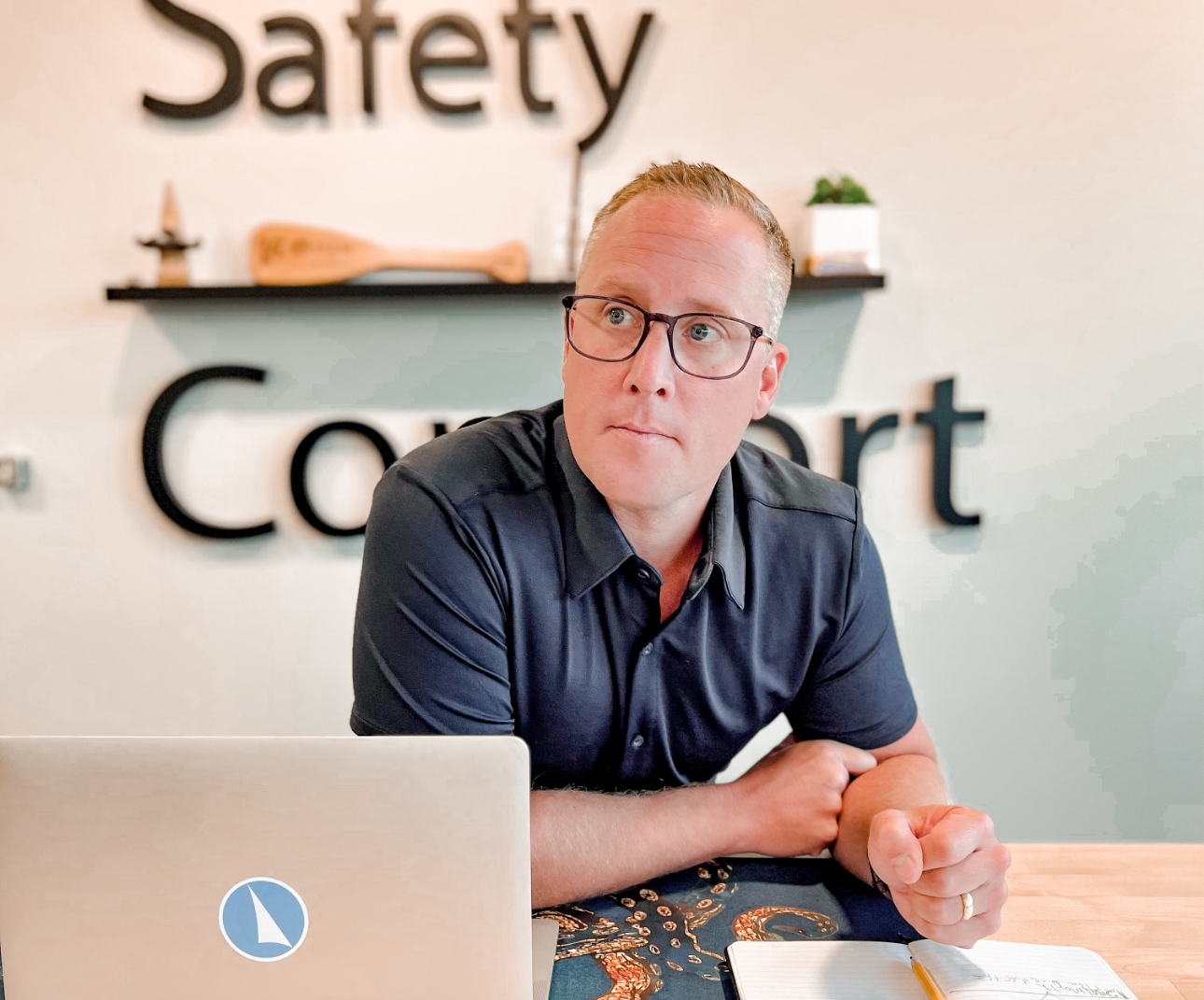Most families don’t decide on senior living overnight. The reality is that the average decision-making process takes 3–12 months.
If you’re not staying in touch throughout that time, families will forget about your community and move on to competitors. Email marketing keeps your community top-of-mind, builds trust, and guides families toward a confident decision.
The Key Email Sequences Every Senior Living Community Needs
Many communities send emails inconsistently, without a clear strategy. Instead, a structured email sequence moves prospects from awareness → interest → decision with the right content at the right time.
Welcome Email (Sent Immediately After Inquiry)
Goal: Confirm their inquiry and introduce your community.
What to include:
- A warm, personalized greeting
- A short introduction to your community’s unique benefits
- A clear next step (e.g., “Schedule a Tour”)
Educational Emails (Sent Weekly Over 4–6 Weeks)
Goal: Address common concerns and build trust.
Examples:
- How to Talk to Your Parents About Senior Living
- The Cost of Assisted Living vs. Staying at Home
- Memory Care: How to Know When It’s Time
Social Proof & Testimonial Emails (Weeks 6–10)
Goal: Showcase success stories from real residents and families.
Examples:
- See Why Families Trust [Community Name]
- Meet [Resident Name]: A Real-Life Move-In Story
Final Call-to-Action Emails (Weeks 10–12)
Goal: Encourage a decision.
Examples:
- Limited Availability – Book a Tour Before It’s Gone
- Only 5 Apartments Left – Claim Yours Today
Using automated email sequences ensures families receive these messages at the right time without requiring constant manual follow-ups.
Personalization: How to Make Emails Feel 1-on-1, Not Mass-Produced
Emails with personalized subject lines get 26% more opens, but many senior living communities still send generic messages that feel like spam.
To fix this:
- Use first names in subject lines and greetings (“Hi Sarah, we’d love to help!”).
- Segment leads based on type:
- Adult children vs. seniors
- Assisted living vs. memory care prospects
- Customize content based on their interests (“Since you inquired about memory care…”).
The more personal and relevant the email, the higher the engagement and better response rates.
Subject Lines That Actually Get Opened
Most emails never get read because the subject line is boring or too generic.
Examples of ineffective subject lines:
- Learn More About Our Community
- Schedule a Tour Today
Examples of effective subject lines that work:
- Worried About Mom Living Alone? Read This First
- How Much Does Assisted Living Really Cost? (Surprising Answer)
- Exclusive Offer: Tour This Week & Get a Free Lunch
A/B testing different subject lines will help determine which ones get the highest open rates.
Timing & Frequency: How Often Should You Email Prospects?
Too many emails can overwhelm prospects and cause unsubscribes, while too few emails lead to lost engagement.
The best approach:
- First 2 weeks → Email twice a week (when interest is highest).
- Weeks 3–6 → Email once a week.
- After 6 weeks → Email once every two weeks to stay in touch.
Using behavior-based triggers improves engagement. For example, if a prospect clicks a tour link but doesn’t schedule, a follow-up email can remind them of the opportunity.
Add a Strong Call to Action (CTA) in Every Email
Emails without a clear CTA get 50% fewer conversions.
To fix this:
- End every email with ONE clear action instead of multiple choices.
- Use CTA buttons instead of text links, as they get 28% more clicks.
- Examples of strong CTAs:
- Schedule a Tour Today
- Download Your Free Senior Living Guide
- Call Us for Personalized Help
Turn Emails into a Lead-Nurturing Machine
If you’re not nurturing leads through email, you’re losing potential move-ins.
The most effective email marketing strategy includes:
- Welcome emails to build trust
- Educational emails to answer key concerns
- Testimonial emails to provide social proof
- Urgency emails to drive action
When structured properly, email marketing can increase engagement, encourage more tours, and ultimately drive more move-ins. Now is the time to optimize your email strategy and maximize occupancy.









